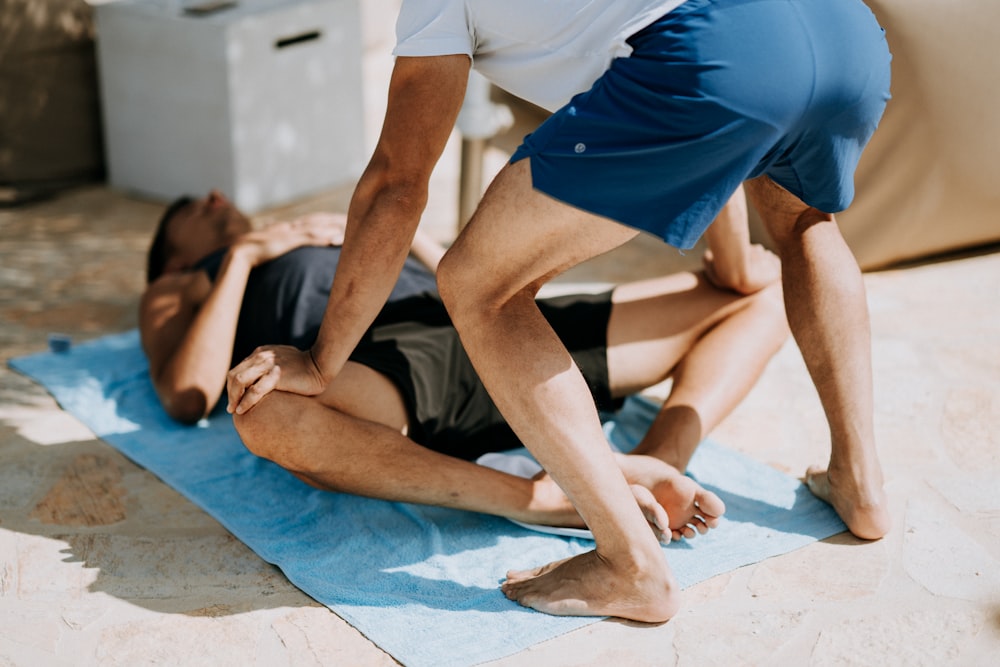目次
人工股関節全置換術(THA)後の股関節外転筋力低下に関するシステマティックレビュー
人工股関節全置換術(THA)後の股関節外転筋力に関する論文って多いですよね.
筋力に関するアウトカムとして股関節外転筋力が用いられることは多いですし,経時的なデータとしても多くの報告で筋力の推移が報告されております.
ただ人工股関節全置換術(THA)後の股関節外転筋力ってどのくらいの期間でどの程度まで改善が得られるのでしょうか?
今回は人工股関節全置換術(THA)後の股関節外転筋力低下に関するシステマティックレビューをご紹介させていただきます.

今回ご紹介する論文
The Journal of ArthroplastyAvailable online 25 March 2021
In Press, Journal Pre-proofWhat are Journal Pre-proof articles?
Abductor muscle strength deficit in patients after total hip arthroplasty: a systematic review and meta-analysis
Author links open overlay panelPetrosIsmailidis123#PeterKvarda14#WernerVach1DieterCadosch1Christian AppenzellerHerzog5AnnegretMündermann1236
今回ご紹介する論文は2021年に掲載された新しい論文です.
研究の背景
The aims of this study were to assess and quantify hip abductor muscle strength deficits after total hip arthroplasty (THA) and to determine associations with external factors.
この研究のでは人工股関節全置換術(THA)後の股関節外転筋の筋力低下を評価・定量化し,外的要因との関連を明らかにすることを目的としております.
研究の方法
Studies reporting on hip abductor muscle strength before and/or after THA performed for osteoarthritis or atraumatic osteonecrosis of the hip were considered for inclusion. Data sources were Embase, Medline, and the Cochrane Central Register of Controlled Trials. Muscle strength on the affected side was compared to the healthy contralateral side or to control subjects. Study quality was assessed using a modified Newcastle-Ottawa Scale.
変形性股関節症または非外傷性大腿骨頭壊死症に対して行われた人工股関節全置換術(THA)前後における股関節外転筋力について報告した研究を対象としております.
データソースはEmbase,Medline,Cochrane Central Register of Controlled Trialsとなっております.
術側の筋力を,健側または対照群と比較しております.
研究の質については,modified Newcastle-Ottawa Scaleを用いて評価がなされております.
研究の結果
Nineteen studies reporting on 875 subjects met the inclusion criteria. Patients scheduled for THA had a mean strength deficit of 18.6% (95% confidence interval (CI) [-33.9, -3.2%]) compared to control subjects. Abductor muscle strength then increased by 20.2 % (CI [5.6, 34.8%]) at 4-6 months, 29.6% (CI [4.7, 54.4%]) at 9-12 months, and 49.8% (CI [-31.0, 130.6%]) at 18-24 months postoperatively compared to preoperative values. For unilateral THA, the mean torque ratio was 86.3% (CI [75.4, 97.2%]) and 93.4% (CI [75.1, 111.6%]) before and >24 months after THA, respectively. Study quality was low to moderate.
875例の人工股関節全置換術(THA)例を対象とした19件の研究が対象基準を満たしておりました.
人工股関節全置換術(THA)を予定しているクライアントは,術前に対照群と比較して平均18.6%(95%信頼区間(CI) [-33.9, -3.2%])の筋力低下が見られました.
その後,股関節外転筋の筋力は,術前の値と比較して術後4~6ヵ月後に20.2%(CI [5.6, 34.8%]),術後9~12ヵ月後に29.6%(CI [4.7, 54.4%]),術後18~24ヵ月後に49.8%(CI [-31.0, 130.6%])増加しております.
片側人工股関節全置換術(THA)の場合には,平均トルク比は人工股関節全置換術(THA)の術前と術後24カ月以上経過した時点でそれぞれ86.3%(CI [75.4, 97.2%]),93.4%(CI [75.1, 111.6%])でありました.
研究の質は低~中程度でありました.
研究の結論
Hip abductor muscle strength deficits may gradually improve during 24 months after THA possibly without complete recovery. Cautious interpretation of these findings is warranted because high-quality evidence is largely missing.
股関節外転筋の筋力低下は,完全な回復は見込めない可能性がありますガ,人工股関節全置換術(THA)後24ヶ月の間に徐々に改善する可能性があると考えられます.
質の高いエビデンスがほとんどないため,今回の結果の解釈にあたっては注意が必要です.
今回は人工股関節全置換術(THA)後の股関節外転筋力低下に関するシステマティックレビューをご紹介させていただきました.
人工股関節全置換術(THA)後の筋力回復を考える上で非常に参考になりそうなデータですね.
もちろん術式は後療法の違いによるところも大きいと思いますが,今回示された数字を基準に股関節外転筋力の回復の程度を判断するとよさそうです.






